“…that Cranmer’s work was no longer adequate. We were going to have to start from the beginning…the shift in liturgical renewal in the Episcopal Church [was] coming at this time away from Cranmer and the Tudor deity…should not be then at all surprising.” (The Rev. Massey Shepard Jr., Ph.D.)
These somewhat provocative words from Fr. Massey Shepard Jr., perhaps the foremost liturgist involved with the 1979 revision of the Book of Common prayer, reflect, in a sense, a theological and liturgical perspective that emerged at mid-twentieth century as a result of the Liturgical Movement. Obviously this is an enormous subject, but it is permeated throughout with the Early Church maxim of: Lex Orandi, Lex Credendi, Lex Vivendi. Translated as: The way we pray and worship is what we believe and the way we live. This fundamental character of our Anglican/Episcopal faith tradition is embodied in our Book of Common Prayer. So how did the Liturgical Movement, the move away from Cranmer and the “Tudor deity”, manifest itself in the fourth version of the Book of Common Prayer? Here are just a few examples. Focus on the eucharist due in part to the recovery of descriptions of worship and texts from the Early Church. The view that the Book of Common Prayer was seen more-and-more “as a distinctive and living pattern of Christian life and that worship could change, rather than as a sacred object in and of itself”. Greater congregational participation. Contemporary language. Additions of Compline and newer versions of confirmation, marriage, ordinations. Inclusion of “pastoral offices” such as “Ministrations to the Sick” and “Ministrations at the Time of Death”. The addition of liturgies for all three days of the Easter Triduum. And perhaps the most significant of all, the deep shift in the Sacrament of Baptism from one of regeneration to full entry into the membership of the Church. Of special significance to St. Mary’s parish which self-identifies itself as “high” or Anglo-Catholic liturgically are those changes that accord with this orientation; including a more robust calendar of saints; masses in honor of particular Mysteries (e.g. the Holy Trinity, the Incarnation); liturgies adapted from the Roman Rite for Ash Wednesday and Holy Week; a more comprehensive prayer for the departed and the assumption that the faithfully departed also pray for us.
Why is this important and meaningful? We are five centuries removed from the time of Archbishop Cranmer and Henry VIII, and our world has undergone enormous change. We also have at our use recovered documents of the Early Church that provide invaluable insight into the worship life of the faithful of that time and place, even back to the apostles. The reality is that in some ways our spiritual ascetic is more in line with the faithful of the Early Church than those of Cranmer time and place. And obviously our Lex Orandi, Lex Credendi, Lex Vivendi is twenty-first century in world view. Therefore, when combined with the documentation of our Early Church heritage our “manual” of worship and theology, the 1979 Book of Common Prayer, more accurately reflects who we are today as Anglican/Episcopal Christians. And yet and to our credit we have both traditions included in one book, making us all the more richer. We should take none of this for granted, but be thankful for those who see our liturgy, this gift from God, as a sacred trust.

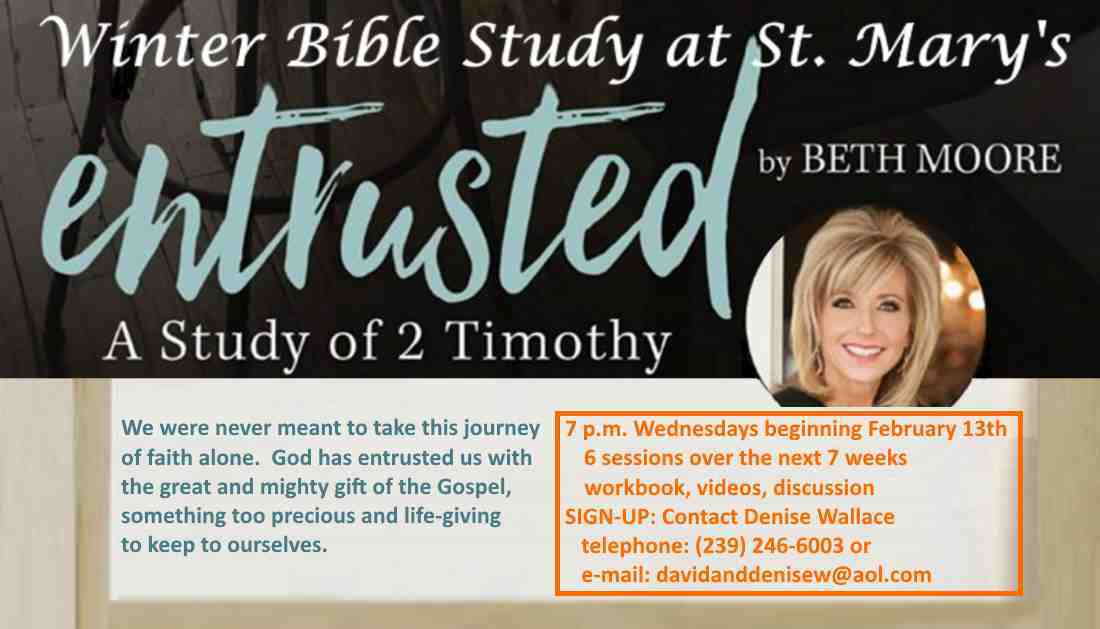
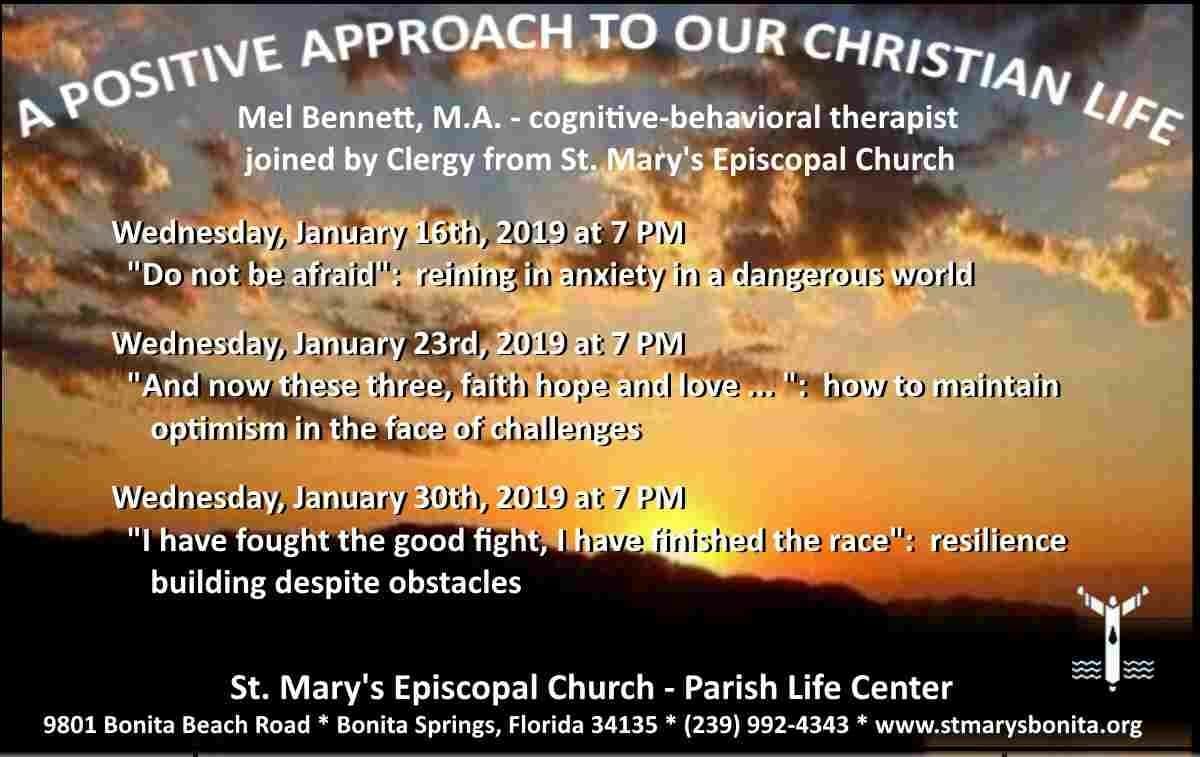
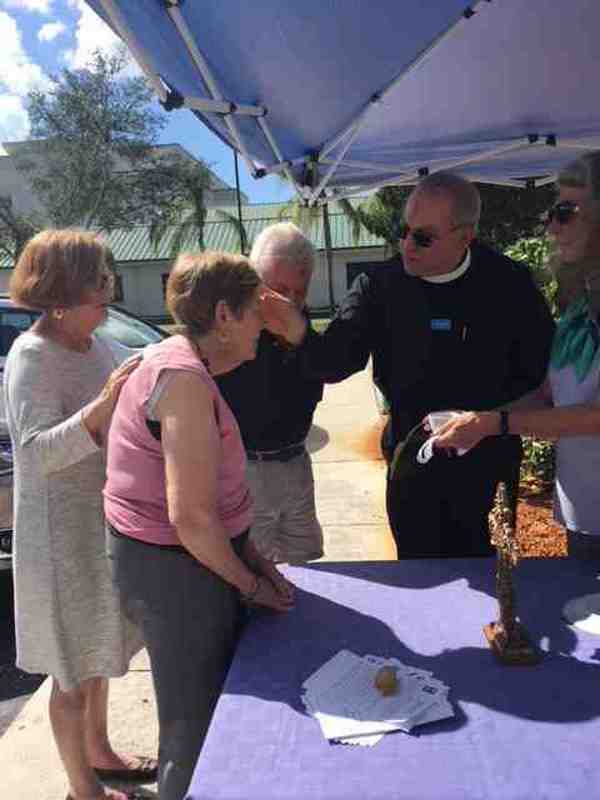
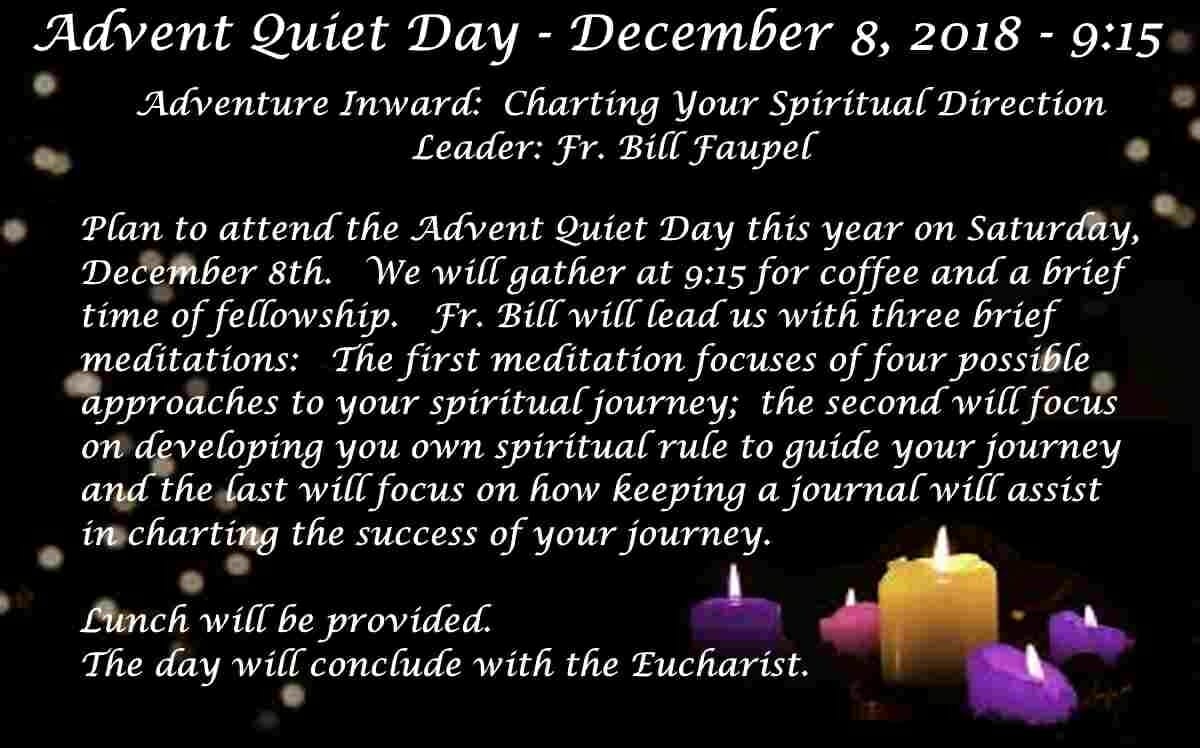
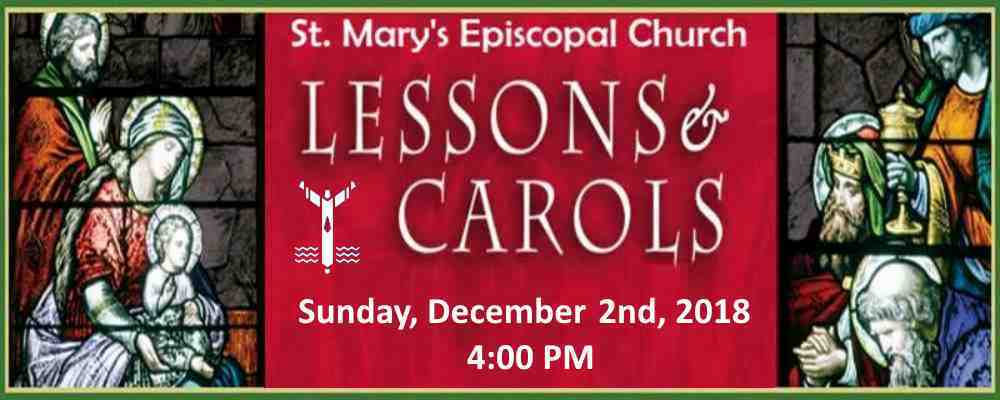

Leave A Comment